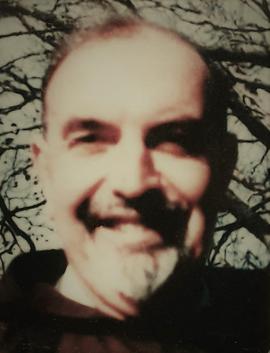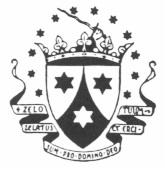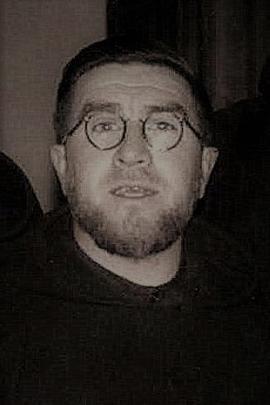William Leahy was born in Blackrock, Cork, on 9 February 1939. He joined the Capuchin Franciscans in January 1957 and took Angelus as his religious name. He completed his postulancy and novitiate in Kilkenny. His first assignment was in the Theology House at Ard Mhuire Friary in County Donegal. After nearly three years in Donegal, he returned to Cork and worked as a cook in Rochestown College. He was solemnly professed as a Capuchin friar on 7 April 1961. Aside from a short stint questing for the Church Street Friary in Dublin, Br. Angelus spent most of the next eighteen years working as a cook in communities in Rochestown, Ard Mhuire and Raheny. In 1980 he volunteered to travel to New Zealand where the Irish Capuchins had established a mission custody. His initial assignment was at the friary in Henderson, a suburb in Auckland. Ill-health forced his return to Ireland in 1992 and he died in the Bon Secours Hospital in Cork on 16 September 1992. He was buried in the cemetery adjoining the Capuchin Friary in Rochestown, County Cork.
Baptismal name: William Leahy
Religious name: Br. Angelus Leahy OFM Cap.
Date of birth: 9 February 1939
Place of birth: Blackrock, Cork
Name of father: Michael Leahy
Name of mother: Margaret Leahy (née Deasy)
Date of reception into the Capuchin Order: 6 Jan. 1957
Date of first profession: 7 Jan. 1958
Date of final profession: 7 Apr. 1961
Missionary activities: Travelled to the New Zealand mission custody in 1980. He returned to Ireland in 1992.
Date of death: 16 Sept. 1992
Place of death: Bon Secours Hospital, Cork
Place of burial: Cemetery, Rochestown Capuchin Friary, County Cork









